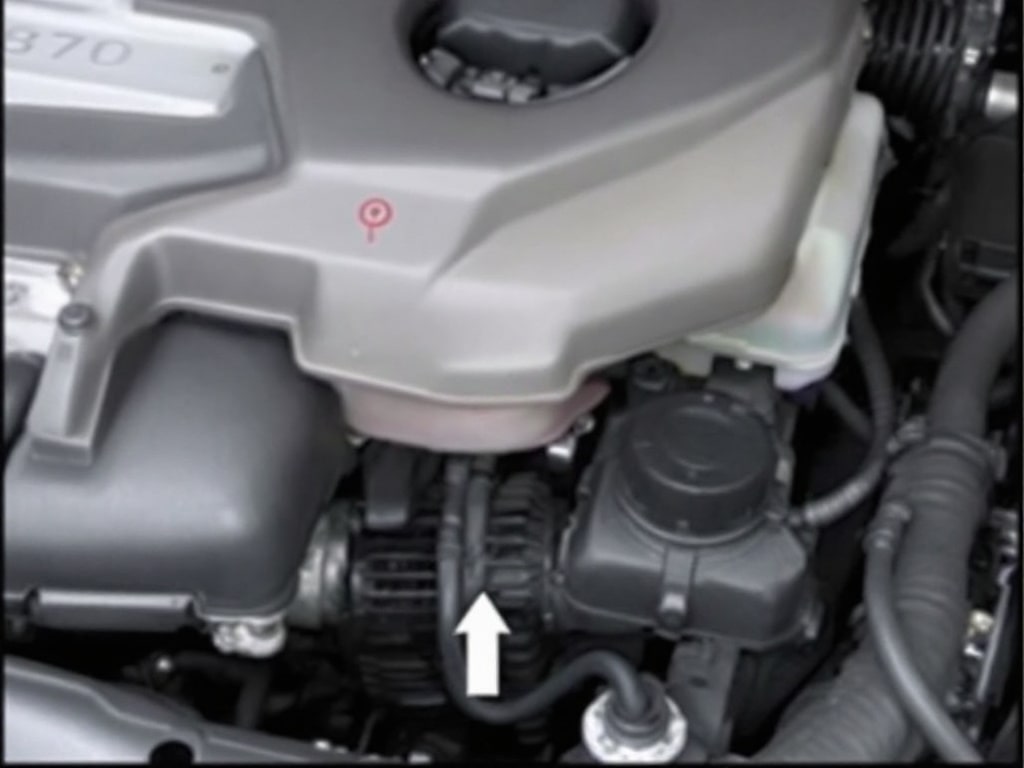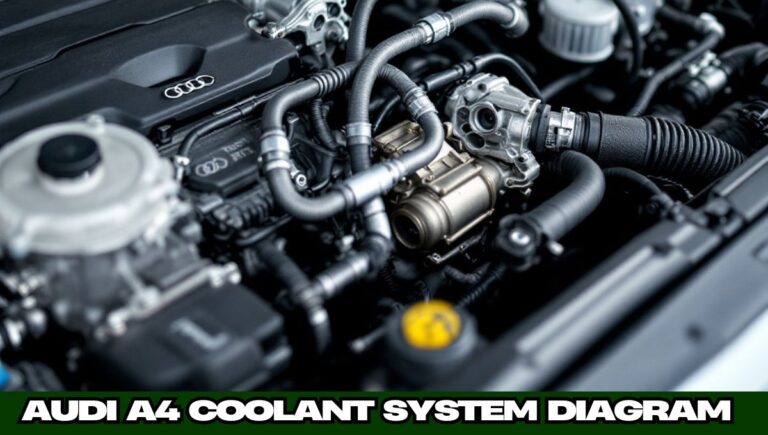The Audi A4 is renowned for its engineering excellence, but even the most reliable vehicles require proper maintenance. One critical system that demands attention is the cooling system. In this article, I’ll break down the Audi A4 coolant system diagram, share my personal experiences, and provide actionable tips to keep your engine running smoothly. Whether you’re troubleshooting a leak or performing a routine audi coolant flush, this guide has you covered.
Understanding the Audi A4 coolant system diagram
The cooling system in the Audi A4 1.8T (and other models) is designed to regulate engine temperature, prevent overheating, and ensure optimal performance. Below is a simplified breakdown of its key components:

Key Components of the Audi A4 Cooling System
- Radiator: Dissipates heat from the coolant.
- Coolant Hoses: Transport coolant between the engine, radiator, and reservoir.
- Water Pump: Circulates coolant through the system.
- Thermostat: Regulates coolant flow based on engine temperature.
- Expansion Tank (Coolant Reservoir): Stores excess coolant and allows for expansion.
- Coolant Drain Plug: Located on the radiator or engine block for draining old fluid.
Audi A4 Coolant Hose Diagram: What You Need to Know
The Audi a4 coolant hose diagram is essential for diagnosing leaks or blockages. Here’s a quick reference table for the 1.8t audi a4 cooling system diagram:
| Hose Name | Function | Common Issues |
| Upper Radiator Hose | Connects radiator to engine | Cracking, leaks |
| Lower Radiator Hose | Returns coolant to the radiator | Swelling, wear |
| Heater Core Hoses | Transfers coolant to the cabin heater | Blockages, leaks |
| Turbo Coolant Hoses (1.8T) | Cools the turbocharger | Heat damage, brittleness |
Pro Tip: Always inspect hoses during routine maintenance. A failed hose can lead to overheating!
My Personal Experience with the Audi A4 Cooling System
During my first year owning a 2004 Audi A4 1.8T, I noticed the temperature gauge spiking unexpectedly. After some panic (and a quick pull-over), I discovered a cracked Audi A4 coolant hose. Replacing it myself was a messy but enlightening experience.

The Funny Part: When I tried locating the Audi a4 coolant drain plug, I spent an hour searching forums only to realize it was hidden behind the front bumper! Lesson learned: always consult the audi a4 cooling system diagram before diving in.

How to Perform an Audi Coolant Flush: Step-by-Step
A coolant flush is vital for removing debris and maintaining system efficiency. Here’s how to do it:
- Locate the Drain Plug: Refer to your Audi a4 coolant drain plug diagram (usually under the radiator).
- Drain Old Coolant: Place a container beneath the plug and open it.
- Flush with Water: Use distilled water to rinse the system until it runs clear.
- Refill with Coolant: Mix Audi-approved G12/G13 coolant with water (50/50 ratio).
- Bleed Air from the System: Run the engine with the heater on to purge air bubbles.

Note: For Audi a4 b8 coolant flush models, the process may differ slightly—check your manual!
Where to Put Coolant in Audi A4: A Beginner’s Guide
First-time owners often ask, “Where to put coolant in Audi a4?” The answer is simple:
- Open the hood and locate the expansion tank (marked with a coolant symbol).
- Add the coolant mixture until it reaches the “MAX” line.
- Never open the tank when the engine is hot—it’s pressurized!

Common Cooling System Issues & Fixes
- Leaking Hoses: Replace cracked Audi A4 coolant hoses immediately.
- Faulty Thermostat: Symptoms include erratic temperature readings.
- Clogged Radiator: Flush the system or replace it if corroded.
If You Are Facing This Tyep Proplem: Audi A4 Gas Type

Final Thoughts
Understanding your Audi a4 cooling system diagram empowers you to tackle issues confidently. From my first coolant mishap to mastering audi tt coolant flush techniques, proactive maintenance has saved me countless headaches. Remember: a well-maintained cooling system ensures your Audi runs smoothly for years!











